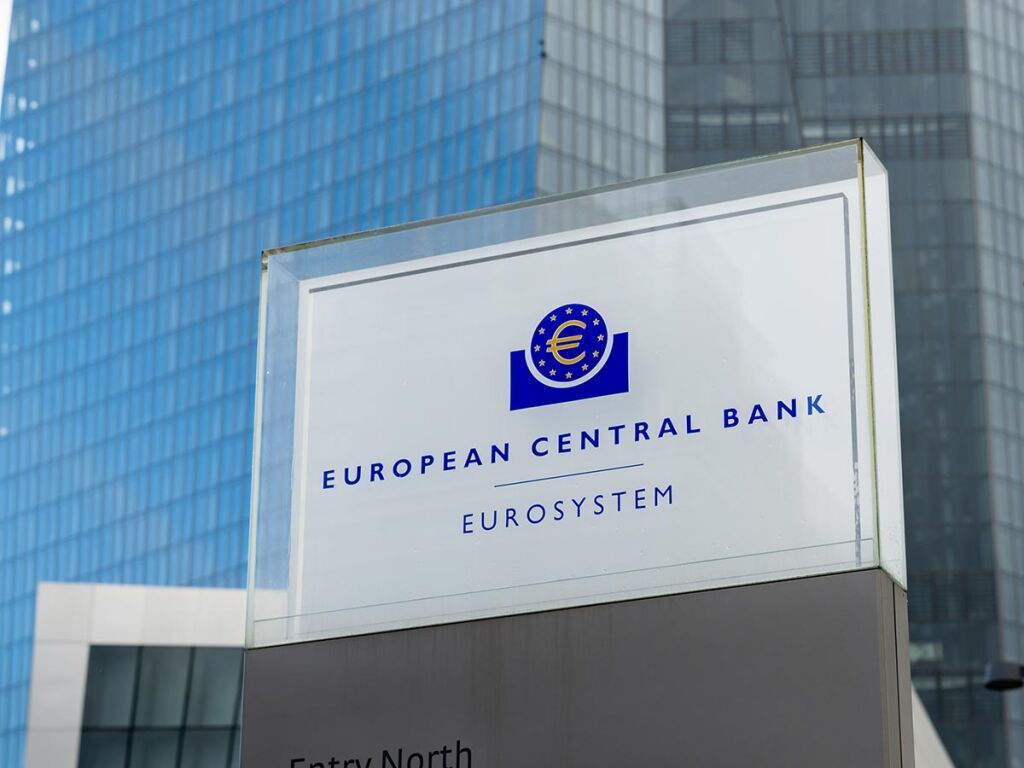
Will euro area inflation subside without a recession and excessive tightening of financing conditions?
Euro area GDP growth has been sluggish this year. Inflation has slowed with the easing of the energy crisis. The European Central Bank has raised its key interest rates, which has reduced upward pressures on prices.
Read more




















